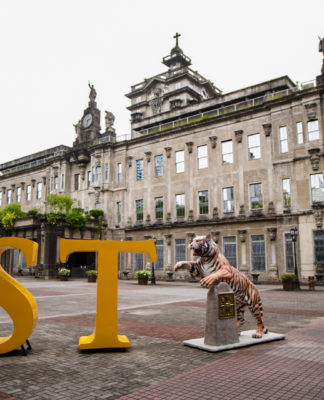AIMING to preserve cultural heritage amid rapid urbanization, the UST Center for Conservation of Cultural Property and Environment in the Tropics (CCCPET) and the Angeles City Tourism Office have completed a cultural mapping project for Angeles City in Pampanga, highlighting the province’s culinary tradition.
“Very globalized ang city ng Angeles,” said CCCPET director Eric Zerrudo in an interview. “One, because of its proximity to the airport (Diosdado Macapagal International Airport) and two, the investors in Angeles are mostly foreigners.”
From a small town called Culiat in 1796, Angeles City became the bastion of Filipino and American forces at the end of World War II through Clark Air Base. The presence of the American base “dictated the flavor of internationalism in the city of Angeles,” Zerrudo said.
Despite foreign influence and the “image problem” brought by entertainment bars around the city, local culture in Angeles did not completely perish, he said.
The four-month long project, which ran from May to August, produced a three-volume report focusing on the city’s diverse cuisine, reflected by its vast marketplace.
Intensive documentation of the menu, food prices, and the history of carinderias or low-priced eateries in the 33 barangays of Angeles City was conducted, Zerrudo said.
The city formally received its first cultural map during turnover ceremonies last Nov. 5.
Residents and city government officials were encouraged to revive and highlight several traditions, including the “Lubena qng Kuliat” Festival, the origin of Pampanga’s renowned Giant Lantern Festival in San Fernando celebrated every December.
Lubena, which comes from the word “novena” referring to the nine-day Simbang Gabi or dawn masses, is a festival consisting of “white lanterns that have very delicate and highly intricate cut-out patterns,” Zerrudo said.
The project also bared a maze of caves used by the Japanese during the World War II, called Cueva Hapon, in the outskirts of the city.
About fifty skilled public school teachers and senior citizens attended a series of lectures and workshops, and conducted fieldwork, interviews, and ocular visits.
CCCPET is working on Davao Oriental’s cultural map and is set to accomplish cultural mapping projects in Pangasinan, Negros Oriental, and a small town in Iloilo, Zerrudo said. Cez Mariela Teresa G. Verzosa
















